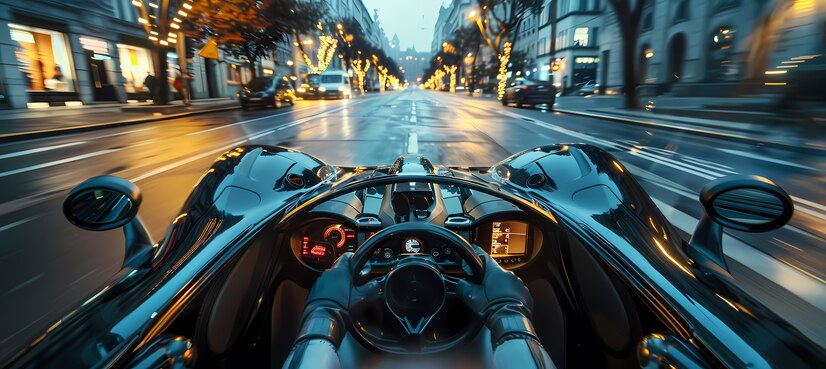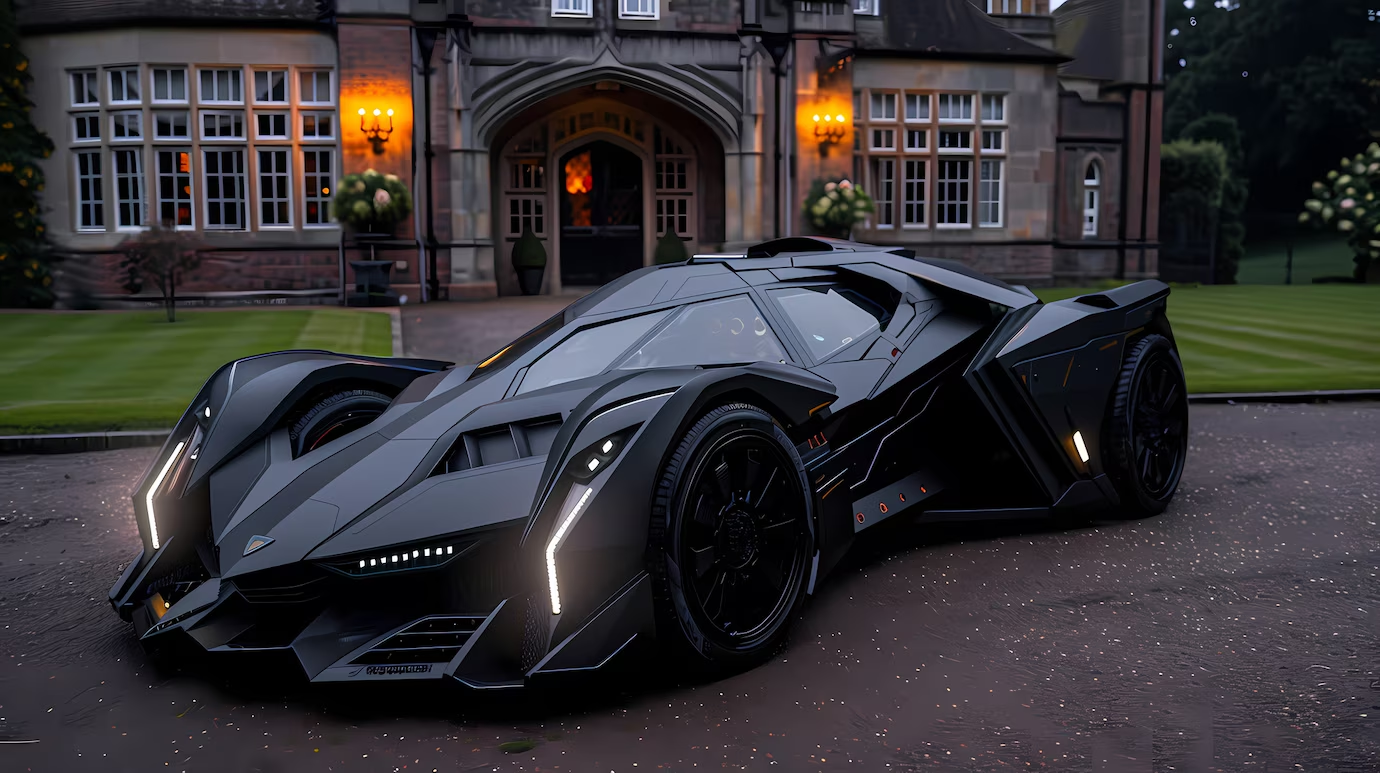Introduction
taly has long been synonymous with the art of high-performance automotive engineering. From Maranello’s narrow streets to Sant’Agata Bolognese’s rolling hills, Italian automakers have mastered striking a delicate balance between brute power and sophisticated design. The hybrid supercar represents the next evolution in this tradition — combining the blistering performance of internal combustion with the cutting-edge efficiency of electric power.At the forefront of this new era are hybrid supercars from iconic Italian marques such as Ferrari, Lamborghini, and Maserati.

The Powertrain: Where Tradition Meets Innovation
Italian hybrid supercars employ a sophisticated combination of internal combustion and electric power. The most common configuration includes:Mid-mounted internal combustion engine — Typically a high-revving V8 or V12Electric motors — Positioned at the front axle (for all-wheel-drive capability) and/or integrated into the transmissionLithium-ion battery pack — Mounted low in the chassis for optimal weight distribution and center of gravityThe electric motors provide instant torque at low RPMs, filling the gap until the combustion engine reaches its peak power band. Combining the best features of electric and gas power, this seamless interaction produces a brutal yet refined acceleration.
Example Powertrain Specs
A typical Italian hybrid supercar might feature:Engine: 4.0-liter twin-turbo V8 or naturally aspirated V12Electric Motor(s): Dual or triple motor setupTotal Output: Over 1,000 horsepower0–60 mph (0–100 km/h): Under 2.5 secondsTop Speed: Over 220 mph (350 km/h)Electric-Only Range: Up to 20 miles (32 km)
Ferrari SF90 Stradale
The Ferrari SF90 Stradale exemplifies this hybrid powertrain philosophy. It pairs a 4.0-liter twin-turbo V8 producing 769 hp with three electric motors adding an additional 217 hp — resulting in a combined output of 986 hp (735 kW). The SF90’s electric motors provide torque vectoring, enhancing cornering performance and low-speed response.
Lamborghini Revuelto
Lamborghini’s first hybrid flagship, the Revuelto, integrates a naturally aspirated 6.5-liter V12 with three electric motors, delivering a staggering 1,001 hp. The electric motors improve traction and responsiveness, while the V12 ensures that the visceral, high-revving character synonymous with Lamborghini remains intact.
Performance and Handling
Instant Torque and Seamless Power DeliveryOne of the key advantages of hybrid power is the instantaneous torque provided by electric motors. Unlike a naturally aspirated engine that requires high RPMs to reach peak power, electric motors deliver maximum torque from zero RPM. This results in:Immediate throttle responseExplosive acceleration off the line
Enhanced corner exit speedsThe combination of electric and combustion power allows for precise throttle modulation, with the electric motors filling in any gaps in power delivery. This seamless integration creates a driving experience that feels both natural and brutally effective.
All-Wheel Drive and Torque Vectoring
Advanced all-wheel drive systems that are powered by electric motors at the front axle are common features of hybrid supercars. This allows for precise distribution of power between the front and rear wheels, improving both traction and handling balance. The front-mounted electric motors make torque vectoring possible, which helps the car rotate through tight bends and improves cornering agility by sending more power to the outside wheel. The result is a supercar that remains composed and balanced even at the limits of adhesion.
Lightweight Chassis and Aerodynamics
Despite the added weight of batteries and electric motors, Italian hybrid supercars remain remarkably light thanks to advanced materials such as:Carbon fiber monocoque chassis — Providing exceptional strength and low weightAluminum subframes — Reducing overall mass while maintaining rigidityActive aerodynamics — Adjustable spoilers, diffusers, and air vents optimize downforce and dragFerrari’s Assetto Fiorano package for the SF90 includes weight-saving titanium springs and carbon fiber panels, shedding nearly 70 kg (154 lbs) for even sharper handling.
Regenerative Braking and Enhanced Control
Hybrid supercars employ advanced regenerative braking systems that convert kinetic energy into electrical energy, recharging the battery under braking. This system not only enhances efficiency but also improves braking consistency and control by blending mechanical and electric braking forces.The result is powerful, fade-free braking that remains responsive even under repeated hard use on the track.
Italian Elegance: Sculpted for Beauty and Functionality
Italian supercars are not merely machines — they are works of art. The design language reflects a blend of:Aerodynamic efficiency — Every surface and line is sculpted to reduce drag and increase downforceAggression and elegance — Sharp angles and flowing curves create a sense of motion even when stationaryFunctional beauty — Design elements such as air intakes, diffusers, and winglets are integrated into the overall for
Interior Craftsmanship
Inside, the cockpit reflects a marriage of race-inspired minimalism and luxury:
Carbon fiber and Alcantara — Lightweight and luxurious materials dominate the cabin
Driver-focused layout — Controls and displays are positioned for intuitive accessDigital interfaces that can be changed; cutting-edge displays that show performance data and information. Lightweight racing seats that are designed to be both comfortable and supportive when subjected to high G-forces.
Ferrari SF90 Interio
The curved 16-inch digital interface in the SF90’s interior lets the driver customize driving modes and telemetry data. With haptic controls integrated into the steering wheel, the driver can access all major functions.
Lamborghini Revuelto Interior
Carbon fiber accents and Alcantara surfaces flank the 8.4-inch touchscreen in the Revueltos cockpit, which is mounted vertically. The configurable driver display offers real-time feedback on hybrid system performance, battery status, and lap times.
Advanced Driving Modes
Hybrid supercars offer multiple driving modes to adapt to different driving conditions:
EV Mode – Silent electric-only operation for urban environments
Hybrid Mode – Combines electric and gas power for maximum efficiency
Performance Mode – Prioritizes gas engine power with electric assistance
Track Mode – Engages full power from both the engine and electric motors, with sharpened throttle response and aggressive suspension settings
The Future of Italian Hybrid Supercars
As emissions regulations tighten and electric mobility becomes more prominent, hybrid powertrains represent a bridge between traditional combustion and full electrification. Italian automakers are investing heavily in hybrid technology to preserve the emotional and dynamic character of their cars while meeting environmental standards.Advanced battery technology and high-performance internal combustion engines will combine to create hybrid versions of Ferrari and Lamborghini’s flagship models.

Conclusion
Italian hybrid supercars represent the perfect marriage of tradition and innovation. The combination of a powerful internal combustion engine with electric motors creates a driving experience that is both brutally fast and remarkably refined. The craftsmanship and design reflect centuries of Italian artistry, while the advanced powertrains deliver performance levels that were once thought impossible.For enthusiasts and collectors alike, Italian hybrid supercars symbolize the future of high-performance motoring — a future where raw power and elegance coexist in perfect harmony.

